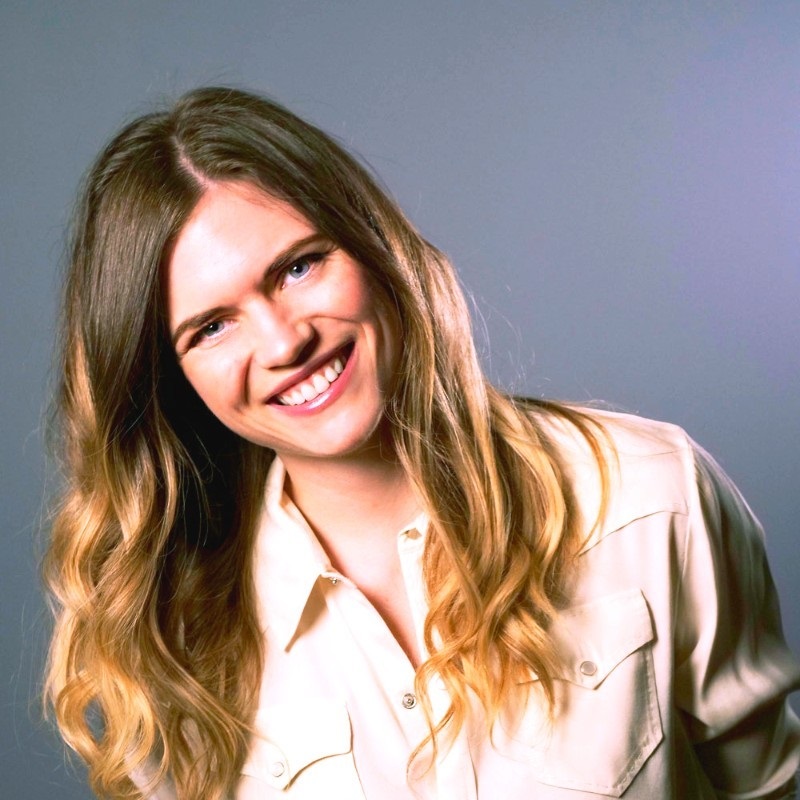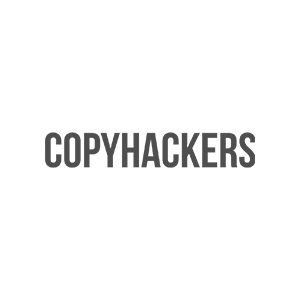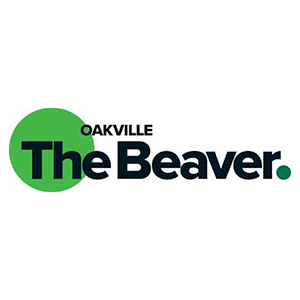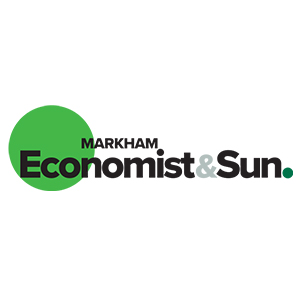
If your job is to sell quick, easy, sweet, pleasure, status, power…
Then you have it made. You never have to tell people why to buy. They KNOW.
The challenge for you is to cut through the noise.
But what if you sell “good for you”?
For example, products that…
- Are preventative (no immediate payoff!)
- Take time to work (patience, ugh)
- Involve effort for reward (lizard brain is like, “Nah. I’m happy on this warm rock.”)
- Cost more (without making you look cooler)
- Are scary or boring (like estate planning or tax prep)
We work with a lot of brands in the “good for you” category.
And I appreciate a vice as much as the next copywriter, but selling virtue is its own reward. The challenge is the thrill.
In the process, I’ve learned a few secrets to selling products that don’t (without help) trigger the monkey brain to BUY BUY BUY.
In a series of 5 emails, starting with this one, I’m going to share how to sell them anyway using these copy secrets:
Alright, let’s get started on how to sell virtue like it’s a vice.
1. Make the risk real
When you sell products that are preventative…
You’re up against more urgent needs and wants.
The challenge is to make the risk that you’re preventing real.
Let’s talk about the ethical and practical considerations of using risk-based messaging in marketing.
We know from research that fear can be a powerful motivator of consumer behavior. Is it ethical to tap into that primal impulse?
I’d argue that it can be ethical if your product does, in fact, protect people from a real risk.
Let me explain. We don’t use copy to drag people into a vortex of anxiety. But we don’t shy away from the real risks we’re preventing, either.
Case in point: For my birthday, my mother gave me TWO fire blankets.
|
|
I guarantee she saw ads with raging kitchen fires and imagined me multi-tasking with hot oil…
She bought from fear. Maybe her gift will save our lives. The ad may have momentarily caused her to experience fear (unpleasant), but it motivated her to take action, which made her feel powerful and proactive in the face of risk.
Of course, there are endless nuances. We’d never use the risk of disease to sell a health product. (The FDA wouldn’t stand for it, for starters.)
But often, you can play in this zone creatively. You can make the risks of inaction feel real.
For example:
- To sell a hair product: Instead of counting the strands in your drain every day, start nourishing your follicles to address the root causes of hair loss.
- To sell a supplement: Every day, your immune system fights the good fight. It takes down pathogens that target your airways, your gut, your skin… every system of your body. It keeps you from missing that special event, your big goals, your long-awaited vacation… But sometimes, your immune system needs a little support.
- To sell a personal alarm device: 30% of adults over 65 experience at least one fall per year—and up to 60% are injured. That shouldn’t stop you from being independent and active all year long.
These example products are all in my wheelhouse, but the same ideas apply to any preventative product or service.
When writing copy for preventative products, ask, “What’s the risk to the customer of doing nothing?”
Then, make the risk vivid with words.
You don’t need to claim that the product annihilates the risk. You just need to make a connection. I.e., This risk is real. Also, there’s this product.
If the product is a legit solution to a real risk, you’re doing the consumer a favor. Think of it this way: How many times have you wished you’d done something 10 or 20 years ago if only you knew? That’s what your copy can do for others.
Alternatively, if you don’t want to focus on the risk…
Try the flip-it technique and turn risk avoidance into a benefit
In practice, I use this “flipped technique” more than I ever write about risks. Here’s how it works:
Think of the risk your product helps customers avoid. Flip each negative into a positive. Sell those as benefits.
The non-alcoholic beverage industry has done a great job at this. While booze-free brands do highlight the downsides of drinking, their marketing more often sells the benefits of sobriety, like clarity, mental health, energy, and sleep.
And it’s working!
“About 42% of millennials drink on a regular basis, and only 21% of Gen Z drinks on a regular basis. And that is the statistic and then anecdotally, you probably know some Gen Z too, they think drinking is like gross. You know, I’ve heard a Gen Z describe drinking as Boomer technology. And so as generations drink less and less, kind of at a rapid rate, we’re seeing a shift in culture, because they’re much more health conscious.” – What’s driving the boom in the nonalcoholic drink industry? (Marketplace)
Haha, very funny, but my Boomer dad makes his own kombucha. Anyway, this shift in behavior in one generation is astonishing, given that humans have loved alcohol for millennia!
But do positive incentives and positive language sell? Research on the framing effect demonstrates that focusing on the positive gains associated with a product (i.e., clarity, health, energy for a non-alcoholic beverage) can be more persuasive than focusing on the negatives (i.e., hangover avoidance).
Contrast the upside vs. the downside
Sometimes, it makes sense to use both techniques: risk avoidance + the flip side of the risk.
For example:
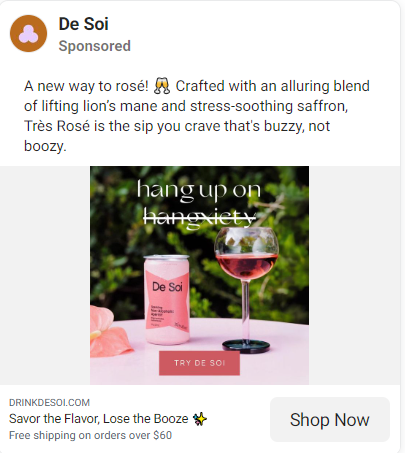

Together, these two are very persuasive. I’m thirsty.
2. Compress time
We know that people are driven by short-term gratification. Our brains actually “discount” the value of future rewards. In other words, consumers behave “as if immediately consumable goods are more valuable than those available only after some delay.”
So, what if you sell something that doesn’t yield instant results?
Like gym memberships. Healthy food. Natural personal care products.
It’s more possible than you may think.
Even though we’re driven by immediate gratification, people willingly choose to delay gratification if they can anticipate a future reward. (Like a vacation. ) Humans are unique in that we can care about our own futures.
Also, our experience of time is subjective and elastic. Depending on how you frame it, that vacation could seem impossibly far away or right around the corner.
How can you shorten the perception of time for consumers?
Help people experience the benefits in anticipation:
We see this in visual creative all the time.
It’s the reason retirement savings plans are marketed with photos of silver-haired couples living the dream…

Instead of screenshots of withdrawals from a bank account.
In copy, we use words to make the waiting period seem shorter and to heighten anticipation.
Here are my top 5 techniques:
- “Picture yourself”: If I were selling a miracle menopausal metabolism support, I’d say something like, “Imagine your hard work at the gym and your healthy diet actually paying off because your metabolism is primed. Your body remembers to store more fat in your hips and thighs and less around your waist.” (This is also known as “future pacing.“)
- Layer in 5 senses: Future pacing works better if you can engage more senses imaginatively. For example, “What’s it like to own an indoor vertical garden? Picture this. Outside, the snow is high. The air is harsh and dry. Inside, you switch on the warm daylight lamp, and your room is flooded with vivid green. The air smells like spring, and your breathing is easier. Your skin relaxes in the microclimate created by the plants. You snap off a leaf of basil and sigh. Instantly transported by the flavor of summer.”
- Downplay duration: Remember how I said that time is elastic and subjective? Play with that. For example, “In just 45 days, your skin cells will completely turn over.” (And, of course, you can pair it with future pacing.) “With fresher skin, you’ll notice softer lines, more even tone, and more firmness.”
- Reduce the allure of the alternative: If the waiting period applies to your entire category, say so and explain why. For example, “There are no get-hair-quick schemes. Hair growth takes time.” If the alternatives are faster but the outcomes are worse, you absolutely must make that clear!
- Find immediate benefits: Even if the big benefits are weeks or months away, chances are you can find immediate benefits. For example, “Here’s what you’ll notice right away. More energy. Better posture. Deeper sleep.” (All near-term benefits of going to the gym, even if weight loss or muscle gain are weeks away.)
If you ever doubt the power of these techniques, think of Gen Z and gym behavior.

Gen Z is hitting the gym and spending more time on the weight benches than any other generation. This is, in fact, a problem for gyms because their business model depends on people paying but not going.
Gen Z gym-goers are powerfully motivated by #1 and #5. They’re constantly exposed to content by fitness influencers, including before-and-after stories of transformation. They’re constantly anticipating the results. They’re also driven by the immediate social benefits.
3. Transform work into play
Some things seem hard to sell because the buyer has to work to reap the benefits. The market is teeming with products and experiences like these:
- Home tax software
- Masterclass and other online learning
- Self-help and personal development books
- The Five Minute Journal and other mindfulness journals
- HelloFresh and Blue Apron DIY meal kits
- Click and Grow and AeroGarden smart garden kits
- Home Brew Ohio Vinegar Kit
- Takeya Deluxe Cold Brew Coffee Maker
- Pasta Evangelists DIY Kits
- Standing Stone Farms Cheese-Making Kits
- Fermentaholics Kombucha Starter Kits
- Breadtopia sourdough kits
- DIY skincare, bath salts, lip balms, etc.
- Gyms, home workout equipment and programs
- Powdered supplements
- Cast iron cookware
Sometimes, the obvious pitch is, “Save money when you DIY.”
But this isn’t always the case. HelloFresh, for example, costs $9-$12 per serving, which could be more than 2x what the typical person spends on a home-cooked meal.
Many of the above products are more expensive and require more effort than the alternatives.
So, how do you overcome objections that “it just takes too much time”?
You make the effort a reward in itself.
After all, people pay to go apple picking and chop down their own Christmas trees. There’s something about earning it, right?

Nearly every kind of work can be sold as play. I’m serious. And this ties into another mom story.
When I was a kid, my mother convinced me that washing dishes was the greatest. “The bubbles are so nice. The water is so warm.” She completely changed how I think about that chore for life.
People fall in love with work of all kinds, and it often starts with a change in beliefs.
Here are a few examples of how copy can turn effort into reward:
- DIY car maintenance kit: It’s not work. It’s a feeling you can only get when you take it into your own hands. I.e., “When you open the hood and know exactly what’s going on, that’s power. When you can do it yourself in minutes for the cost of parts, that’s control.”
- Home henna hair dye: It’s not time-consuming. It’s downtime. “Henna day is like your home spa day. Wrap your hair and secure it in place. While the color sets, pamper yourself. It’s the perfect time for a manicure, pedicure, and facial. Or just kick up your feet and relax.”
- DIY skincare/personal care: It’s not a messy chore. It’s a shortcut to a more personalized product. “End the hunt for the perfect moisturizing lip tint. Customize the color, scent, and shine of your lip balm at home.
It might not immediately be obvious how to do this for your product, and if you’re not sure, don’t guess. This technique has to nail the joy of DIY, or it will come off as goofy.
To nail it, scan product reviews to find out how your most advanced, committed, and enthusiastic users talk about the “work” of using your product. I recently noticed this when scanning reviews for a plant-based natural hair dye. The users who got great results described their process, perfected with practice. They were so adept at this process that they made it sound like a breeze.
There are limits, however. People will only commit so much effort to a product, so streamline steps where you can. Simplify instructions, too.

This might remind you of the legend about marketing instant cake mixes.
As the story goes, sales only took off when food manufacturers took out the dried egg and required a fresh egg so housewives could feel good about their creation. There’s more to the story, but the success did come down to repositioning the participation and creativity involved in baking a cake.
4. Use “people math” to frame costs
What if your product costs more because it’s more sustainable?
Or lasts longer?
Or features safer, healthier ingredients?
Don’t hide it! Turn it to your advantage by using “people math.” (More famously known as “girl math,” but I guarantee you this logic is universal.)
Here are 5 ways to justify the higher cost of better products:
-
Bring the savings closer. As humans, we discount future benefits. (We don’t recognize the full value of future savings.) Focus your prospect’s attention on the earliest possible savings instead.
E.g., The minute you have an EV, you can stop worrying about the price of gas. Your next maintenance visit? 50% cheaper.
-
Use “forever” language. Durability is a cold concept. But the romance of craftsmanship? It sells.
Tip: Activate nostalgia and prestige with terms like “heirloom quality” or “your forever (fill in the blanks).”
-
Contrast with expensive indirect alternatives. Prices higher than your direct competitors? Maybe you aren’t competing with direct competitors.
E.g., If you sell a high-end beauty vitamin, contrast it with the even higher cost of salon nail, skin, and hair treatments.
-
Contrast with “cheap” alternatives. Customers have a price anchor in mind based on the mass market standard. How can you make them see the anchor as too inexpensive?
Example coming right up! 👇
- Point to money-can’t-buy-type benefits. If you’re lucky, you can find an angle that makes the cost seem almost irrelevant because the value of the benefit is so meaningful to the buyer. This works if few or no cheaper alternatives offer the same virtues.
E.g., If you’re the only supplier of fair trade bananas, ethically-minded shoppers will readily pay about 50% more.
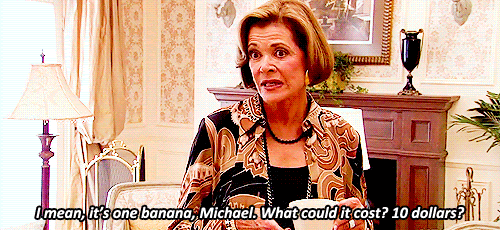
I’ll share an example from my own life that combines #4 and #5.
Recently, I was reading reviews for natural hair dye (ugh, greys) and I noticed this one phrase:
“cheap box dye”
I immediately pictured the row of dyes that dominate retail shelves and cost less than $20 per box. Those products were my price anchor.

To shift that anchor, I only needed to discover that “cheap box dye” is made with chemicals that can break down your hair shaft and damage hair at the root.
Done. Say no more.
It no longer matters that natural dye costs 2x more. That’s just the cost of not destroying my hair.
This framing works because the risk makes the cost seem utterly irrelevant. For most of us, keeping our hair falls near the “money-can’t-buy” category.
Key point to remember when using people math in copywriting:
Justify the higher price in a way that respects the audience’s intelligence. You can do this by analyzing what customers say to find an insight into why they spend more.
5. Sell against procrastination
Procrastination is real. It’s why only 3 out of 10 online shoppers check out.
“Almost 70% of shoppers abandon their carts
The average cart abandonment rate is 69.99%, according to Baymard Institute. This is an average of 48 shopping cart abandonment studies, which range from 56% to 81%.
The middle point of just under a 70% cart abandonment rate means that only three out of ten customers who fill their shopping carts actually make it to checkout to complete their purchase.” – Hotjar Cart Abandonment Statistics
We know there are many reasons, including shipping costs.
But in general, people procrastinate when the purchase is scary. Or boring. Or intimidating because of the high upfront cost or learning curve.
Examples of products that fall under these categories for some shoppers:
Scary (primal fear)
- Dermapens/home microneedling
- Menstrual cups
- Treadmill desks
Unexciting
- Smart toothbrushes and tooth flossers
- Air purifiers, humidifiers, water filtration systems
- Blue light glasses
Intimidating:
- Solar panels
- Pressure cookers
- Nearly any new tech or software (for certain buyers)*
*Personality seriously comes into play with procrastination. Some people will readily microneedle their own faces, while others would thrill to read a technical instruction manual.
Setting individuality aside…
Fear, boredom, and confusion are conversion killers.
That’s why we use copy and visuals to offer assurance, boost desire, and create clarity.
There’s one technique you can use anytime you think procrastination is blocking your sales.
☝️ I already touched on it in #1 above: Reveal the risk of doing nothing.
But here’s a twist. It doesn’t always have to be the risk of something dramatically bad happening, like a fire or a fall. It could be the risk of things staying the same. Or gradually declining.
For example:
- To sell microneedling: Starting in your 20s, your collagen declines by at least 1% a year. That’s a 10% loss in firmness, smoothness, and the plush look of your skin every decade. Unless you actively build it back.
- To sell an air purifier: Without an air purifier, you could breathe in several billion particles of pollution daily. Everyday household allergens and pollutants affect your sleep, wellness, and even your home’s smell.
- To sell solar panels: Sure, solar panels seem like a big step. But every year you put off solar panels, you’re handing an extra $1,500 over to the power company. That’s giving up an extra vacation every year. Waiting to upgrade your car. Investing less in your future.
I learned the “risk of doing nothing” technique from Copyhackers, specifically for selling online courses. Education can be scary, boring, or intimidating, depending on your POV. It’s a perfect storm for procrastination.
That’s why there’s so much sophistication in selling online courses. Availability is usually time-limited. You see a lot of countdown timers and cut-off dates to nudge people off the fence. You’ll also see this “risk of doing nothing” copy technique. Often, it’s juxtaposed against copy and imagery that paints a desirable future state.
The trick is to increase desire and dissatisfaction with the status quo. Pair that emotional state with a friction-free checkout process, and you have a formula for higher conversions.
Do you have tips on selling “good for you” products?
That wraps up the 5 big strategies for selling unsexy (but smart) products.
What have you learned from selling products that are good for you? Have you found ways to overcome the challenges? Leave a comment to let me know.
If you need conversion copywriting to sell these products, reach out.


